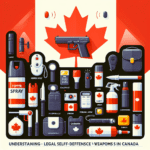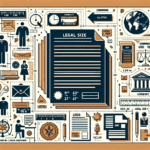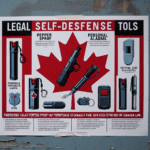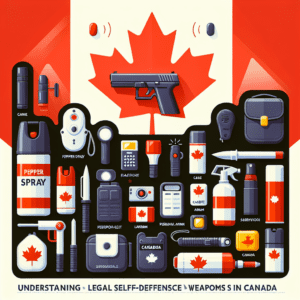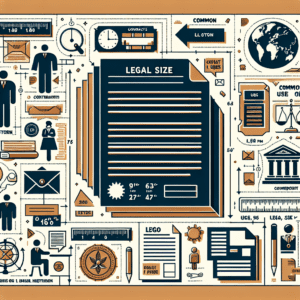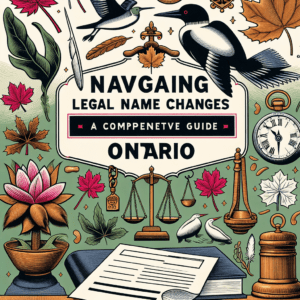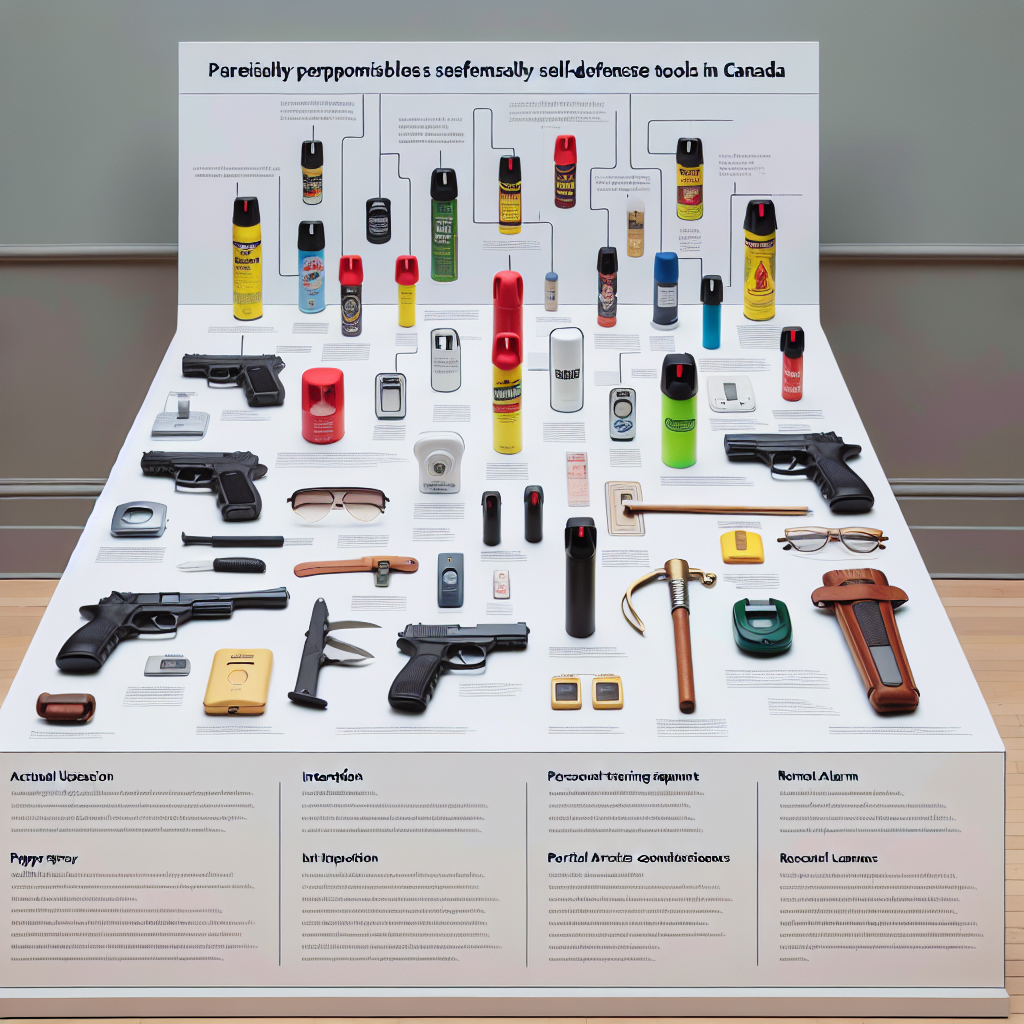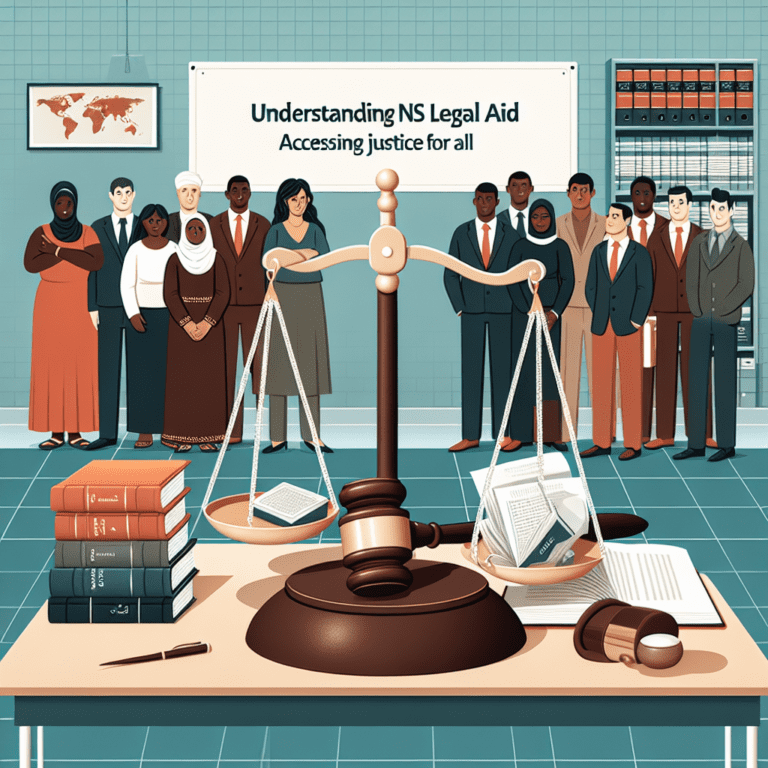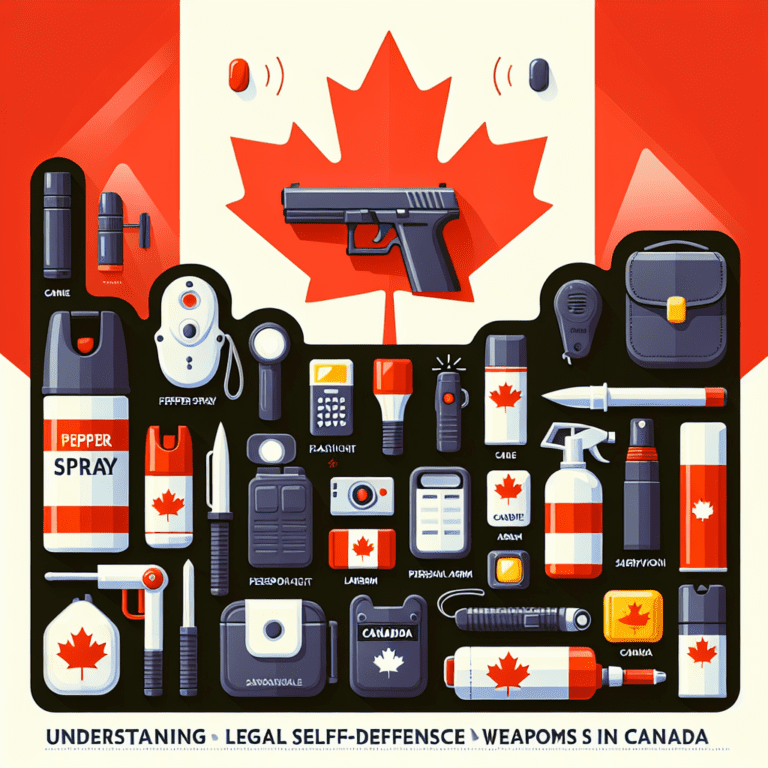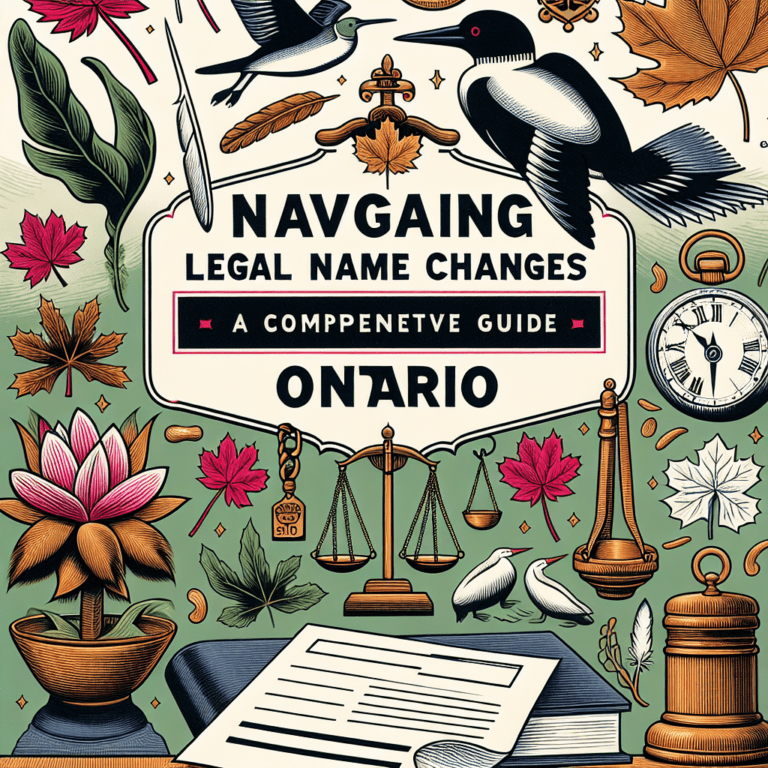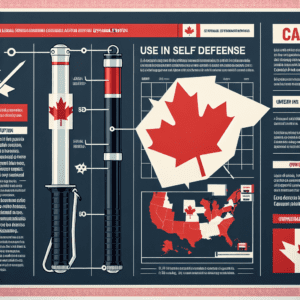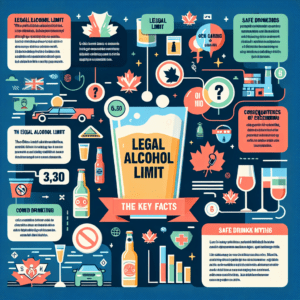===INTRO:===
In a world where personal safety concerns loom larger than ever, understanding legal self-defense weapons in Canada is crucial for anyone wanting to protect themselves effectively. The growing prevalence of crime can leave individuals feeling vulnerable, prompting the need for protective measures. However, navigating the complex legal landscape related to self-defense can be overwhelming and fraught with misconceptions. This article aims to clarify the legal framework surrounding self-defense weapons in Canada, exploring which types of weapons are legally approved for use.
Legal Framework for Self-Defense Weapons in Canada
Canada has stringent laws governing self-defense, emphasizing a balance between individual rights and public safety. The Criminal Code of Canada outlines the legal justification for self-defense, permitting individuals to use reasonable force to protect themselves or others from imminent harm. Importantly, this concept of "reasonable force" is context-specific, meaning that the level of force used must be proportional to the threat faced. Consequently, understanding what constitutes reasonable action is fundamental for anyone considering self-defense options.
Additionally, the legal framework in Canada stipulates that self-defense must be a last resort. Individuals are expected to de-escalate situations wherever possible and to avoid confrontations whenever feasible. The law does not support preemptive strikes or retaliatory actions; thus, the timing and context of employing a self-defense weapon are critical factors that can influence legal outcomes. Failure to adhere to these principles may lead to severe legal repercussions, including charges of assault or worse.
Moreover, Canadian law distinguishes between weapons that can be legally carried for self-defense and those that are strictly prohibited. Items such as firearms and certain types of knives fall under specific licensing and ownership regulations. Therefore, individuals interested in self-defense must not only be aware of the appropriate use of force but also of the legal limitations surrounding the possession and use of self-defense weapons.
Types of Self-Defense Weapons Approved for Canadian Use
When considering self-defense weapons, Canadians have a limited but specific array of options that comply with legal requirements. One of the most commonly accepted items is pepper spray. Typically used by individuals for personal safety, pepper spray is legal in Canada, provided it is not marketed for use as a weapon. It’s primarily classified as a defensive tool designed to incapacitate an attacker temporarily. However, its use must align with the principles of reasonable force, making context crucial in any defensive encounter.
Another approved self-defense weapon is the personal alarm. These devices emit a loud sound when activated, serving to deter potential attackers and alert nearby individuals. Personal alarms are legal and offer a non-violent means of self-defense that can be particularly effective in crowded places or urban environments. As they don’t cause physical harm, they fit within the legal guidelines while still providing a sense of safety to the user.
Additionally, tactical pens have gained popularity as a discreet self-defense tool. Made of sturdy materials, these pens can be used to strike an assailant if necessary. Importantly, tactical pens are legal to carry, provided they are not branded as weapons. Their dual functionality as a writing instrument makes them a subtle yet effective choice for self-defense while remaining compliant with Canadian law. Understanding the classifications and legalities surrounding these items is crucial for anyone considering their use.
===OUTRO:===
Navigating the landscape of self-defense weapons in Canada can be complex, but it’s essential for personal safety in a challenging world. Legal self-defense weapons like pepper spray, personal alarms, and tactical pens offer viable options for those looking to enhance their security. However, understanding the legal framework is paramount to ensure you’re not inadvertently stepping outside the bounds of the law. By arming yourself with knowledge about what you can legally carry and how you can use it, you empower yourself to make informed decisions about your safety. For anyone considering self-defense options, it’s advisable to consult local laws and regulations or seek guidance from legal experts to ensure compliance and effectiveness. Stay safe and informed!
Understanding Legal Self-Defense Weapons in CanadaUnderstanding Legal Paper Size: Dimensions and Uses ExplainedNavigating Legal Name Changes in Ontario: A Comprehensive GuideRelevant LinkRelevant LinkRelevant Link
